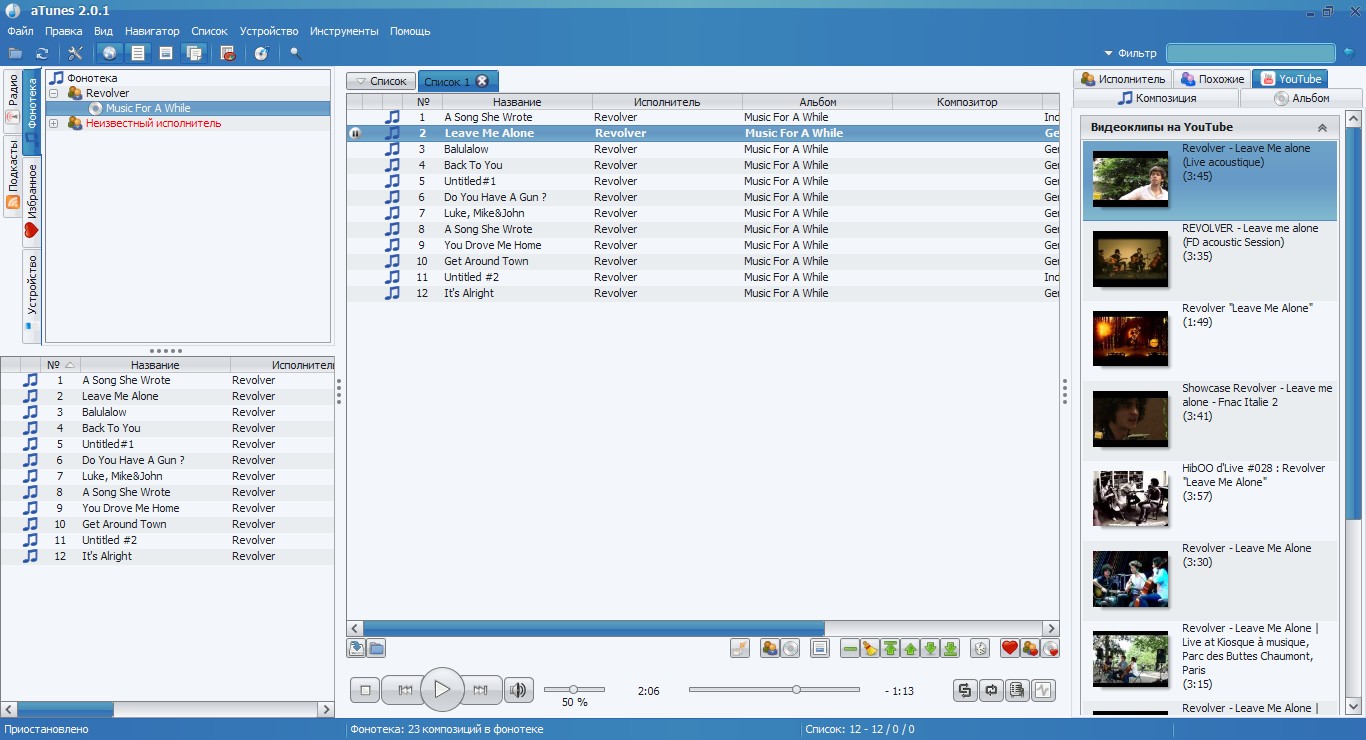It is possible to do what you're asking about. That said, the tools for such a task are usually scattered about; in other words, there is no single tool for the job. You'd have to find a tool to convert COBOL to XML, one to convert PL/I to XML, etc.I don't work in either of those languages, myself, so I don't know exactly what tools are out there.
I would think that COBOL is something you could find. PL/I might be harder. Why don't you do a google.com search, and report back here on your results? It would be great information to have!ThanksBrett. When you say 'legacy data' regarding compilers like COBOL and PL/1, there are two possible meanings: the source files used to create programs in those languages and the data files read/written by programs generated by compilers in those languages.I can't see much value in converting legacy programs into an XML format so I will assume you mean the data files read/written by those programs.I don't believe any tools currently exist for this conversion.COBOL expects files with a fixed structure, called records, which in turn contain data fields. The records and data fields are defined at the beginning in a section called (I believe) the Data Division. You have to use those definitions to define the input to a Java program that selects substrings on the input record and tags the records and fields as necessary.

If you define a DTD to match those formats the result will be valid; if you don't, the result will be well-formed but not valid.PL/1 files are more complicated because they can either be COBOL compatible record files or FORTRAN compatible stream files. The COBOL style files can be processed as above. The stream files would be much more difficult to convert and I suggest you forget about them.Does this help? Well, my approach would be that if you can read that data at all, and you know its structure, writing it back as XML should be pretty much a no brainer.I must confess that I'm not at all familiar with COBOL or PL/I.
I've read about them a bit, but even that was years ago. So basically please bear with me if I say something completely idiotic.So my question would be whether these languages can write a text file at all. If they can, my approach would be to actually use a COBOL to program to process the COBOL data, and respectively a PL/I program to process the PL/I data. Just go through the records and write everything into a text file, enclosing the fields in XML tags.Basically I'm guessing that if you have such files and programs, you probably also have someone who can program in these languages at all.
So maybe going from that direction, instead of reverse-engineering the streams, could be safer and cheaper.But again, this is all a wild guess. I know that writing your own XML as text is very easy in Java without needing any special libraries or anything, but whether it's as easy or even possible from COBOL or PL/I, I wouldn't know. An interesting question. Before I answer let me say that I have excellent knowledge of programming/using COBOL and PL/1 and XML.The first thing I have to say is that languages such as COBOL & PL/1 (i.e. 3GL) do not code data.

Pl I To Cobol Converter Mp4 Download
The format of the data is a result of the storage method provided by the operating system or subsystem being used. Languages provided on a OS are provided with the ability to read/write data on that OS. On MVS (the system most commonly used with these languages, but not the only OS) there are a number of data storage methods, QSAM: basically equivalent to a flat file. VSAM: an access method that provides sequential, direct and indexed methods of access, ISAM another indexed method, DB2: a DBMS. If the data you have is stored in a QSAM or VSAM file then you need find to the record description of the data.
This description is normally defined as Cobol Copy Books or PL/1 Includes or hard coded within a program.Once you know the structure of the data (records and fields) you could write a program in Cobol, PL/1, C, C, Java to read the information, wrap XML tags around it and write it out as a text file. You can also do this with XSLT, transforming the flat records into XML files. Data stored in DB2 can be accessed and transformed directly with XSLT or a program can used to access and massage the data. Desciptions of datain DB2 can be found in the database as well as copybooks/includes/With Pl/1 the above methods of converting data into XML are true when dealing with records or data streams. Read it in, finds the boundaries of each field and record, add tags as applicable and write the result out.The above methods are also true for other operating systems that use cobol (quite a few including unix) and pl/1 (a couple of others, all mainly from IBM).I guess the secret is getting access to the data descriptors. Note: The above desciption is also true for data files created by C and C programs on UNIX reading non object data. Even Java can be made to work like this.Regards.
File Converter To Mp4 Software
AnswerThis simple example is for Enterprise COBOL on z/OS, not for COBOL on AIX. It only illustrates the FUNCTION NATIONAL-OF and FUNCTION DISPLAY-OF so it may not be complete enough for your application.CBL DBCS,NSYMBOL(NATIONAL)IDENTIFICATION DIVISION.PROGRAM-ID.